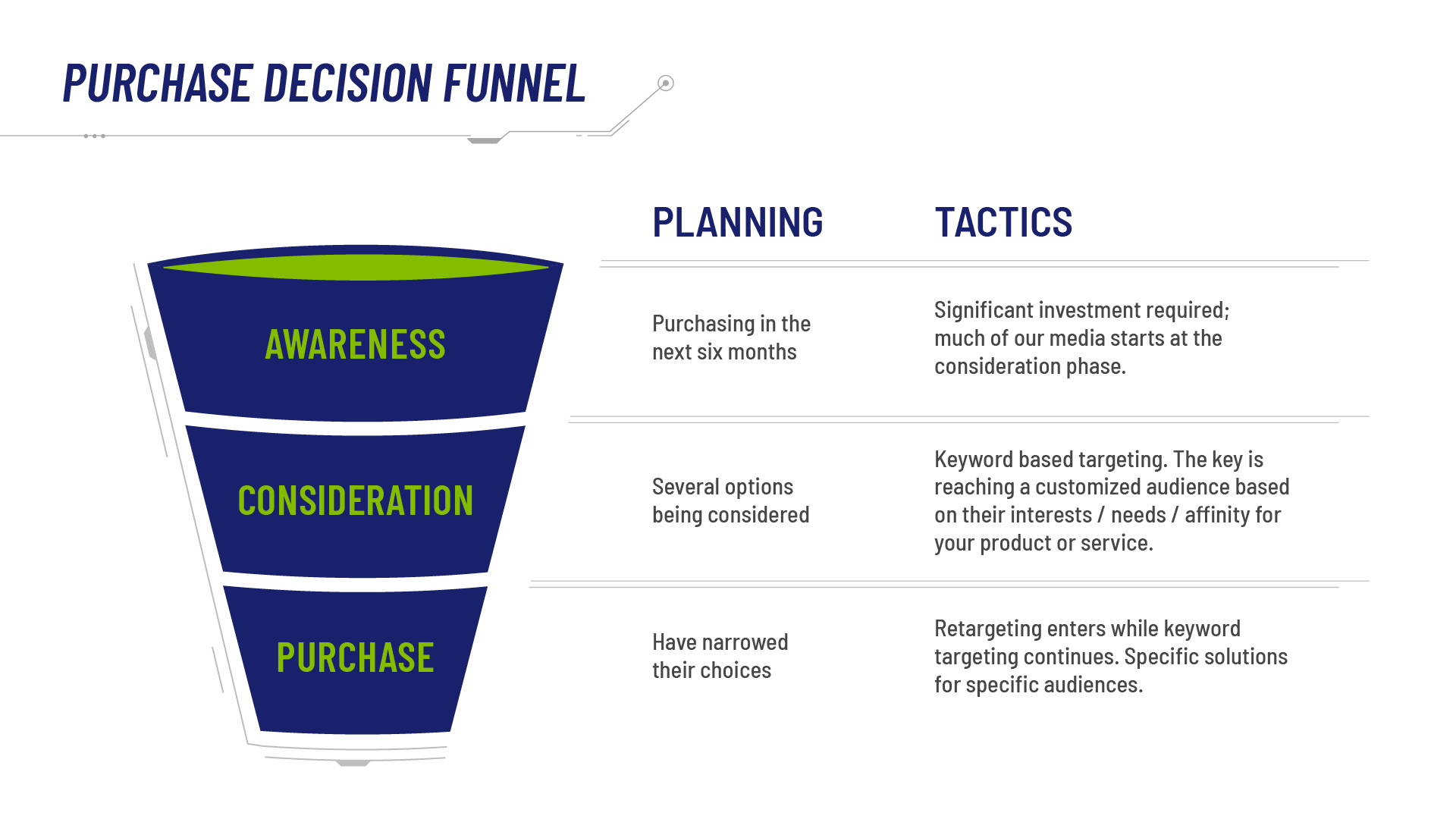A 10-step Guide to Creating a Proven Content Development Strategy


In today’s world Content is King.
As you can see; engaging, well-crafted web content is critical to any company’s marketing program. Content matters to Google ranking, it matters to your brand identity, and it matters to your target audience.
Great content can make all the difference in the world to your success. We have developed a proven 10-step Content Development Strategy that works.
Simply put, Content Development is conceiving, organizing, generating, and distributing content to achieve business goals. Each aspect of the process is connected and designed to effectively engage your target audience. A successful Content Development Strategy will save you time, effort, and money.
Keyword research will help determine what people are searching for as it relates to your brand. Be sure to look for niche keywords with low competition, search trends and use all the data you can get your hands on. Being able to identify your target audience demographics will save a lot of time and money as you progress.
Once you have a good idea of what your audience is looking for, it’s time to start writing. Write about what matters most to your audience and how your brand can help them. Try different headlines and subheads until the copy starts flowing naturally.
An in-depth audit of existing content will uncover pages with low search rank or without focus. Replacing these pages with better content will increase your website’s authority and help you rank higher in search engines. It’s a good idea to get fresh eyes on your content to check for spelling, grammar, readability, and clarity. Ensure that the most critical points are at the beginning of each section, and don’t forget to include keywords throughout the copy.
Just as each piece of content has a goal it also should address a specific phase of the sales funnel. For example, are you trying to create awareness or close the sale. That will be determined in part by how familiar the target audience is with you brand or destination. Collaboration with your team and media partners can help determine whether you want to sell something specifically and what type of media you want to use (i.e. written, video, etc.)

Establish realistic goals for what you want to accomplish that can be measured over time. Keep it simple; have one goal for each piece of content and make sure it fits into your overall marketing program.
If you’re not sure what your goals are, start by asking yourself the following questions:
This step will help identify key assets to sell and any associated pain points. Brainstorm ideas that can be repurposed or improved on. Maybe there is a new buyer persona to target that will revive an old campaign idea. There may be a new technology that can help you reach your target audience more effectively. The possibilities are endless, but the point is to keep thinking until you identify something valuable for your buyers and drive sales.
Create realistic deadlines just as you created realistic goals. Establish a shared content calendar and diversify your content formats. Formats can include blogs, infographics, videos etc. Diversifying your content formats is essential because it will help you reach more people and drive engagement. You can use your blog to create awareness of an issue or problem, while infographics can help you communicate information in an easily digestible format.
With content creation, what is it about your story that is unique and stands out from the clutter and your competition. Stay true to your brand identity and offer a value proposition to the audience not just a sales pitch.
You want to follow well established best practices for content that include grammar and spell checking, keeping the text easy to understand and avoid overusing keywords for ranking and robots. Use headlines, lists and visuals/videos to reinforce the message whenever possible.
Create a content distribution strategy and that is in line with the overall content goals. Consider developing an omnichannel approach that might include paid for placements. You can also use your content to build relationships with relevant influencers in your industry. The more content you create, the more likely you are to find success in your overall content strategy.
It is time to see if all that hard work paid off. Use your content calendar to schedule release dates and run your campaign on select channels. Content distribution can be complex because there are many ways to spread the word. There are different types of content that you can create that will help get your message out there: articles, infographics, videos, podcasts, or even live streams are just a few examples.
Monitor, audit and update your content constantly based on the tracking data and look for additional tracking resources beyond Google Analytics. There are many sources of data and insight available on the web.
Optimize your content for people and search engines. Make sure you understand your target audience search intent and use visuals, video, and audio to encourage engagement. Be logical about the content structure.